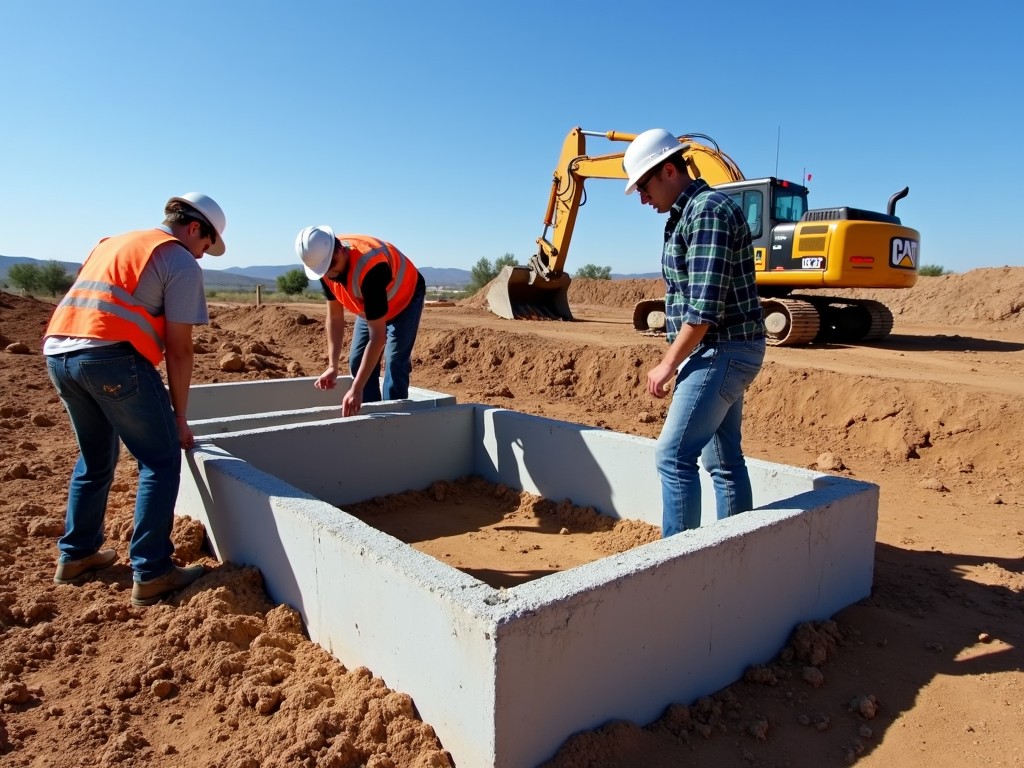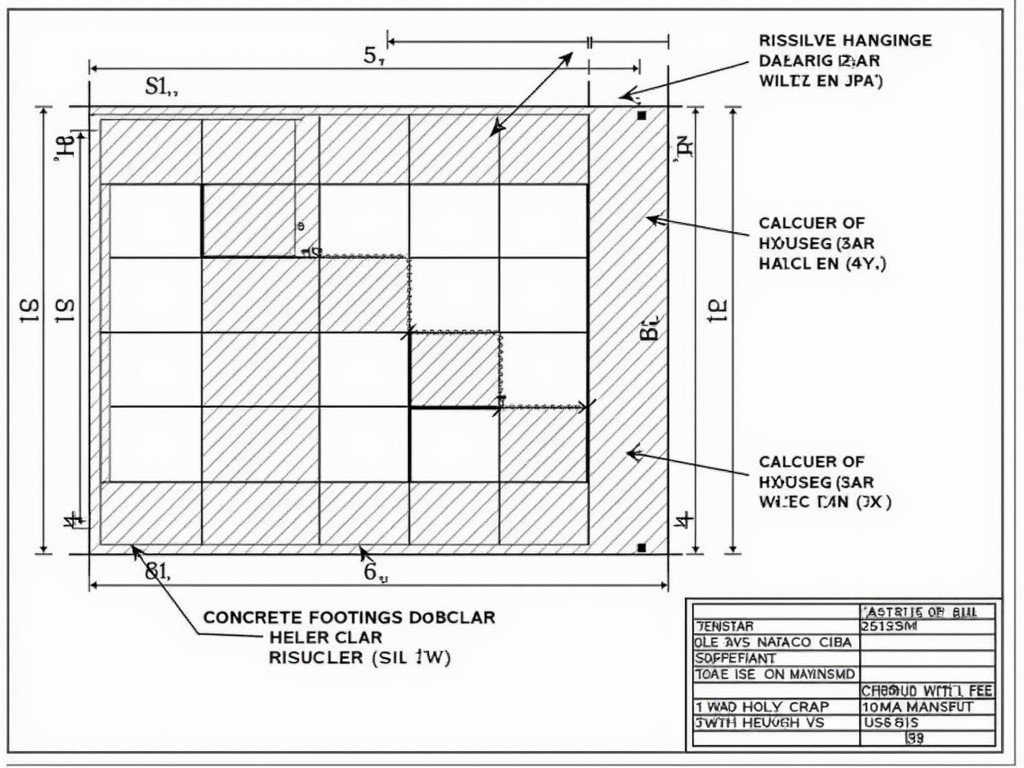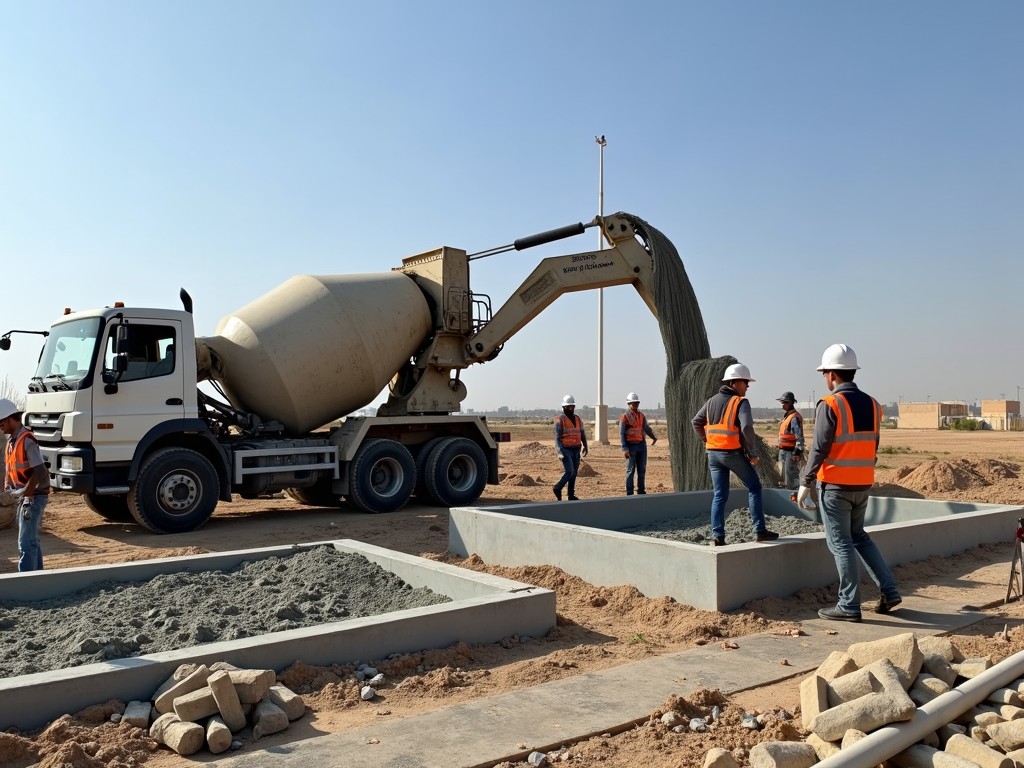The Ultimate Guide to Concrete Footing Construction Checklist
Overview
In this article, we break down the essential steps in a concrete footing construction checklist, ensuring your project starts on a solid foundation. We'll walk you through the process, calculation tips, and common pitfalls to avoid.
Understanding Concrete Footings
Concrete footings are an essential part of building foundations, providing the necessary support to prevent settling. Footings distribute the building's weight across a larger area, making the structure stable and secure.
Why a Checklist is Important
Before we dive into the details, let's understand why having a concrete footing construction checklist is crucial. A thorough checklist ensures that no critical steps are missed, reducing the risk of costly errors and structural problems later.

Step 1: Site Preparation
Proper site preparation is vital. Clear the area of debris and vegetation. Inspect the soil type to determine its load-bearing capacity, as this influences the design and dimensions of the footings.
Step 2: Footing Design and Calculation
Calculating the size of your concrete footings requires careful attention. Use the following steps:
- Determine Loads: Calculate the total load the structure will bear.
- Soil Analysis: Know the soil's properties. A geotechnical report might be needed.
- Size Calculation: Using the load and soil info, use a formula or software to determine the footing's size.
Ensure these steps are on your concrete footing construction checklist to avoid oversights.

Step 3: Setting Forms
Forms hold the wet concrete in place until it hardens. Ensure they are installed straight and level. This step is crucial for ensuring that footings are accurately placed and dimensioned.
Step 4: Reinforcement Installation
Concrete footings require reinforcement bars (rebar) to prevent cracking. Lay the rebar grid within the forms according to your design specifications.
Step 5: Concrete Pouring
Pour concrete evenly into the prepared forms, ensuring no air pockets are trapped. Use a concrete pump or a simple chute depending on the size of your project.

Step 6: Curing the Concrete
Concrete must cure to reach its maximum strength. This involves keeping the surface moist and controlling temperatures. Curing typically takes about 7 days, but exact times may vary.
Common Pitfalls to Avoid
- Inadequate Design: Ensure you follow the structural engineer's design.
- Ignoring Soil Reports: Always consider soil analysis.
- Improper Curing: Inadequate curing can reduce strength.
- Skimping on Reinforcement: Don’t underestimate the importance of rebar.

Final Checklist
Here's a simple checklist to have on hand:
- Verify soil capacity
- Design approval
- Formwork integrity check
- Reinforcement placement
- Correct concrete mix used
- Proper curing conditions
This checklist ensures your concrete footing is constructed effectively, adhering to all necessary standards.
Conclusion
Constructing a solid foundation with well-planned concrete footings is crucial for any structure's longevity and stability. By following a detailed concrete footing construction checklist, you minimize risks while ensuring a successful project onset.





